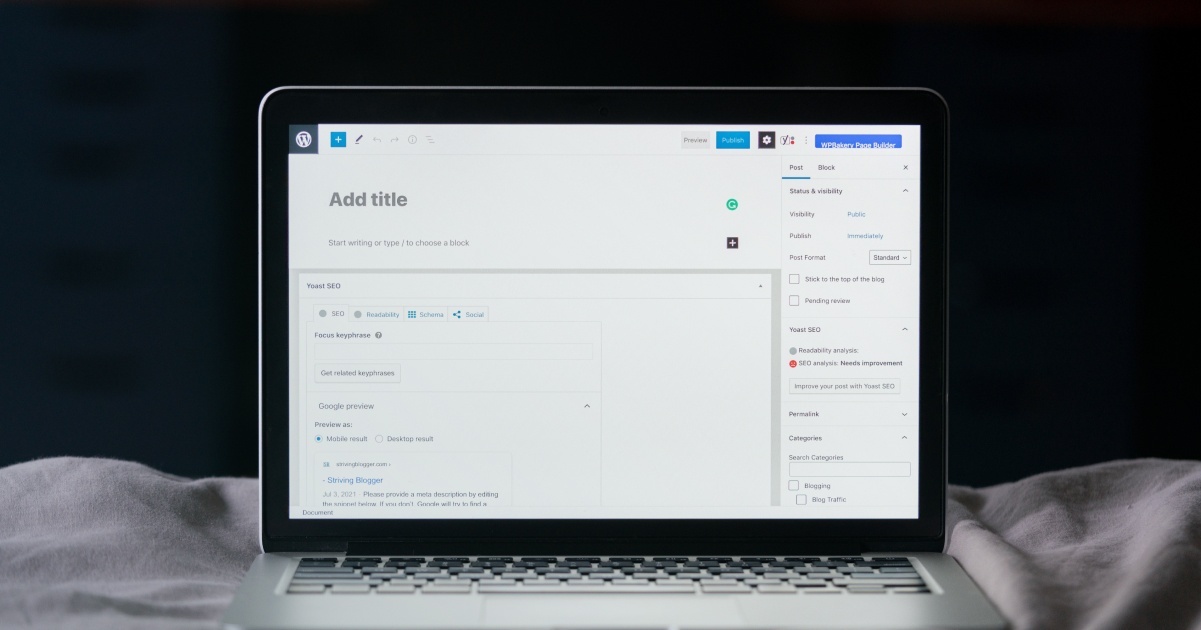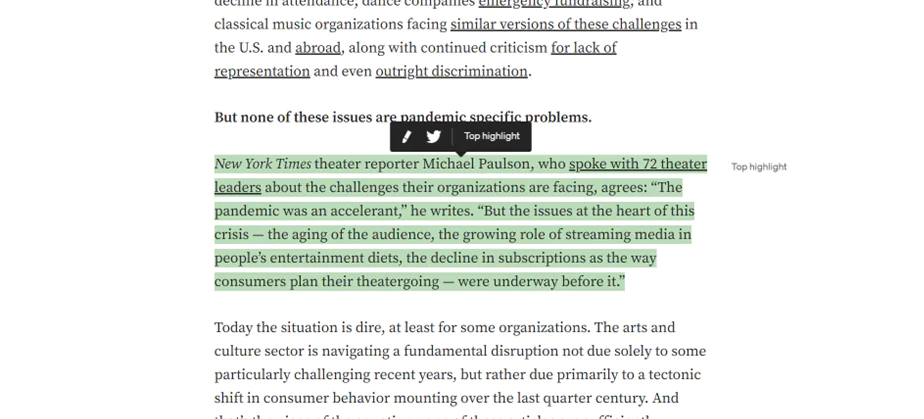
How to Write for Skim Readers (and Why It’s Important)
Have you ever clicked on a blog post or article, only to be faced with a daunting wall of text? Did you click away? We’ve all been there. In today’s fast-paced world, readers want information quickly and easily without having to wade through dense paragraphs and unnecessary detail. That’s why creating skimmable, easy-to-read, and easy-to-understand content is so important.
In this blog post, we’ll share some tips and tricks for making your content more skimmable so that your readers can quickly find the information they’re looking for (and keep coming back for more!).
- Be Straightforward
- Have A Clear Structure
- Learn How to Display Key Information
- Make Your Writing Accessible
- Proofread and Edit Your Work
Let’s dive in!
What Is Skim Reading?
Skim reading is when someone quickly ascertains the overall gist of a piece of writing without reading every word. A skim reader will pull out the main ideas of the text by focusing on things like the introduction, headings, the first and last sentences of paragraphs, and bolded or linked words.
People often skim-read when they have limited time or are determining if a text is worth reading in full. For example, a student may skim-read a textbook, journal article, or essay to see if the content is likely to be relevant to their research.
Skim reading can also be helpful when trying to locate specific information within a longer text or when you need to refresh your memory of something you’ve read before.
Why Is Skimmable Content Important?
Skimmable content is important because:
- It allows readers to quickly and easily scan a text to find the most relevant information. This is particularly important when writing SEO-friendly blog content. If a reader can easily find value in your content, they’re more likely to stick around – and look at some of your other content too!
- It makes it easier to read and understand your message. The easier your content is to digest, the broader the audience you will reach. And, if your reader understands your message, they’re much more likely to engage.
- It improves comprehension and retention. Readers can focus on the most important points and ideas, rather than getting bogged down in the details.
How to Write for Skim Readers
Making content easy to skim is a simple but effective way to improve its reach and impact.
1. Be Straightforward
Nobody wants to read an odyssey before getting to the main point of something. In the opening paragraph, introduce the topic and what readers will gain from your article or blog. Follow it with some bullet points so that they can see where (or if) they can find the exact information they’re after, saving them time. Finally, each paragraph should have a clear topic sentence to help the reader know what they’re about to read.
2. Have A Clear Structure
A clear structure helps readers find relevant information quickly and, as mentioned above, boosts your SEO. Here are some tips to ensure a solid structure:
Cover only one distinct issue in each section.
Use headings that clearly describe what each section covers.
Use bullet points and shorter sentences.
Consider including a table of contents for lengthier documents.
Keep paragraphs three to five sentences long to make them more digestible. Alternatively, divide the text into shorter paragraphs focusing on a specific subtopic.
Use high-ranking keywords.
3. Learn How to Display Key Information
Visuals like charts and graphs, images, and infographics can make texts easier to follow and more engaging.
To make texts less intimidating, formatting can be a great tool to encourage readers to skim and scan for what they need. For example, give the text a large, clear font that doesn’t make you squint.
4. Make Your Writing Accessible
Writing clearly and concisely is essential to get your message across accurately, especially for skim readers.
The top things to avoid are:
- Complicated language and unnecessary jargon
- Being too wordy and repetitive
- Unvaried sentence types and lengths
- Passive voice instead of active voice
It’s also best to ensure that each paragraph adds something useful to keep people reading until the end.
5. Proofread and Edit Your Work
If you want your writing to be flawless, don’t underestimate the power of proofreading and editing! No matter what you’re writing, it’s essential to avoid silly mistakes that can make you look unprofessional and damage your reputation.
Proofreading and editing should take place when you’ve had some time away from your work and can see it with fresh eyes. Try some simple tips like reading it backward or reading it out loud to really highlight any glaring errors in flow or spelling!
3 Examples of Skimmable Blog Posts and Articles
1. Bustle
Bustle is a lifestyle and entertainment site with interviews, articles, and blog posts. Each has a blend of curated pictures, quotes, and emboldened interview questions. They are skilled in transforming large chunks of text into visually exciting and skim-friendly reads.


2. The Verge
Many companies have added TL;DR, short for too long; didn’t read, to their articles and emails. The Verge has gone one step further and added a whole section to their site to show off key information from their articles to boost skimmability.

3. Medium
Medium has a highlighting feature that allows readers to highlight phrases in the text and displays the most highlighted areas. This feature makes it easier for skim readers to locate the key sentences they might want a closer look at.

Becoming A Freelance Writer
If you’re looking to kickstart or enhance your career as a freelance writer, our course is just what you need! We’ll equip you with all the essential skills to triumph as well as provide a publishing guarantee to our top graduates. Give our course a shot with our free trial and experience its offerings firsthand.




Leave a Comment
Your email address will not be published.